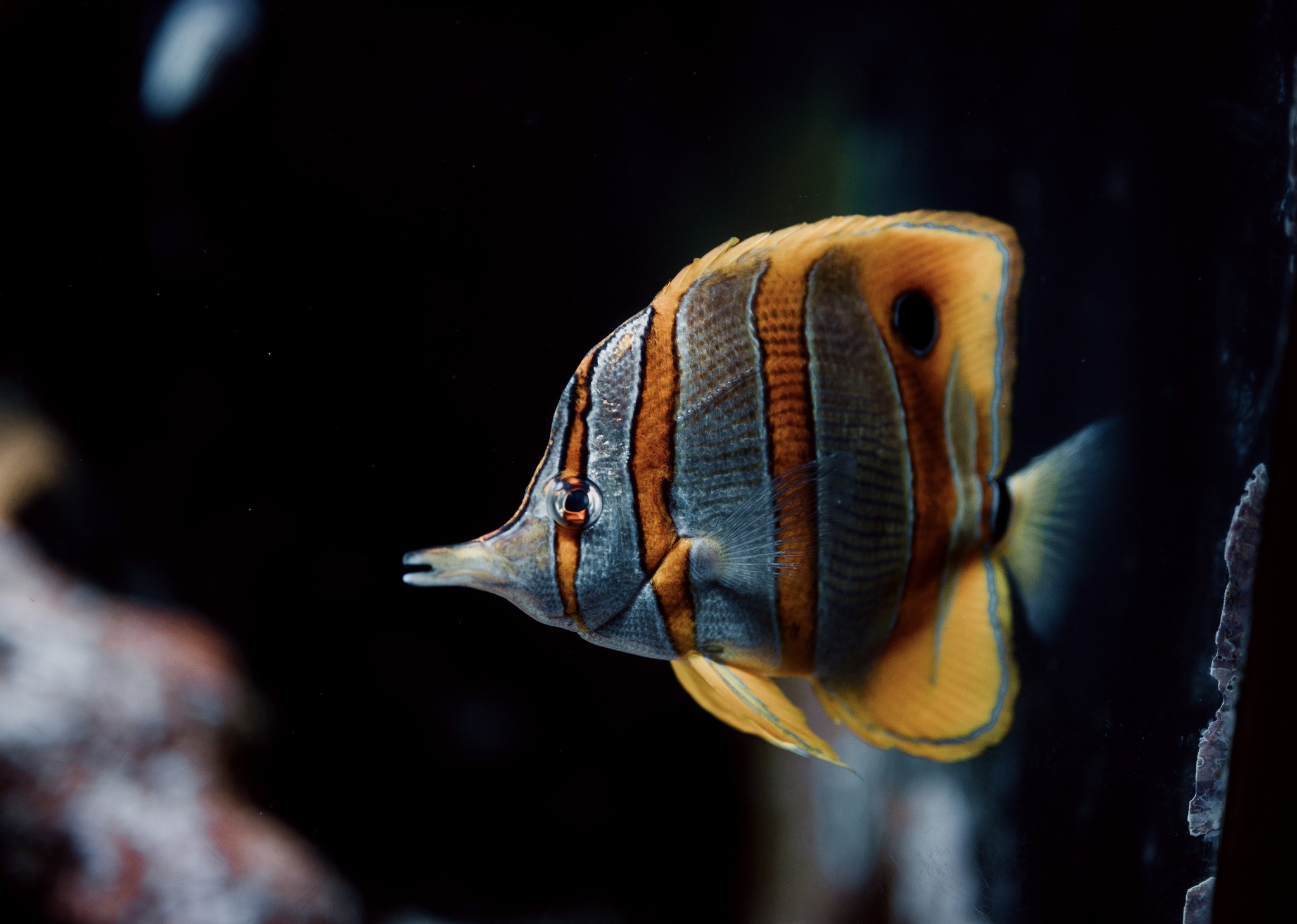- Understanding the distinctive anatomy of fish with specialized snouts and their role in foraging.
- Investigating how these specialized snouts contribute to ecological interactions and biodiversity.
- Exploring the adaptation mechanisms supporting feeding strategies in various fish species.
- Analyzing conservation efforts focusing on these species and their aquatic habitats.
- Highlighting the importance of public awareness and education in promoting marine conservation.
The remarkable snouts of some fish species are not just visually striking; they serve as critical tools for survival, particularly when it comes to foraging. One fish, in particular, exemplifies this adaptation beautifully. With its elongated snout, it can access the tiniest crevices in coral reefs, uncovering food swaths often overlooked by its marine counterparts. This specialized adaptation has allowed these fish to thrive in diverse aquatic environments, turning an anatomical curiosity into a survival asset.
These snouts offer significant advantages that extend beyond mere food gathering. In the intricate ecosystems of coral reefs, this adaptation facilitates unique ecological interactions. Fish with such adaptations often play crucial roles in maintaining the health and balance of their habitats. By preying on specific organisms and interacting with others, they contribute to the ecosystem’s overall biodiversity and resilience.
For fish to develop such highly specific anatomical features, complex evolutionary and environmental factors come into play. These specialized snouts result from generations of adaptation to niches where food resources necessitate unconventional foraging methods. Over time, natural selection shapes these fish, optimizing their morphology for accessing hard-to-reach food sources. This process highlights the extraordinary adaptability of marine life in responding to ecological challenges.
Considering these adaptations, the conservation of species with specialized snouts becomes even more pressing. These fish live in rapidly changing ecosystems that face threats from climate change, pollution, and human activity. Conservation strategies must address these threats while promoting sustainable practices that preserve these unique marine species and their natural habitats.
Public education plays a vital role in marine conservation efforts. As people become more aware of these fascinating species and their ecological roles, there is greater potential for positive change. By fostering appreciation and understanding of marine biodiversity, we can inspire efforts to protect and conserve the incredible diversity of life found within our oceans. As stewards of the environment, it is crucial for us to engage with these topics actively, ensuring the survival and health of marine ecosystems for future generations.
*****
Source Description
Not just a long nose for show—this unique snout is a handy tool for finding food in the tightest coral crevices. It helps this fish expertly root out tasty morsels that others might miss. Nature’s problem-solver in action! 💛🐠
📸: Kellie Kay Photography


